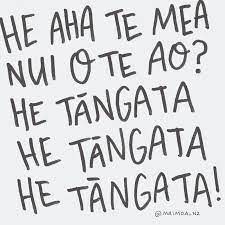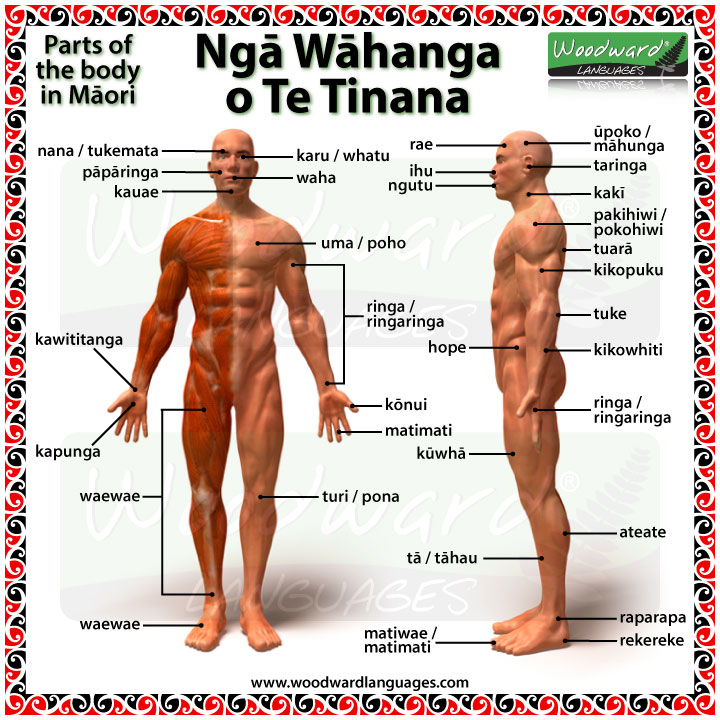Welcome back to Term 3 2023
I hope you had an awesome and restful holiday
Achievement Objective:
We will be able to communicate about physical characteristics, personality and feelings
Learning Outcomes:
We will be able to:
(Height, hair, eyes, features, what they are wearing)
Whakatauki
“He aha te mea nui o te ao? He tāngata, he tāngata, he tāngata!”
What is the most important thing in the world? It is people, it is people, it is people!
Manaakitanga or caring for people is of the utmost importance in te ao Māori. Whakawhanaungatanga is about building relationships, acknowledging people for who they are and trying to make connections.

Te Tīnana (The body)

Over the next few weeks you will learn to name all the different body parts using sentence structures to describe them
Ngā Rerenga kōrero (sentences)
He ______ tēnei/ēnei
(This/these are ______)
Kōtahi tōku ______ (singular)
(I have one ______)
E _____ ōku _____ (Plural)
(I have __ ____)
Tōku, ōku, Tōna, ōna, Tōu, ōu
Success criteria: